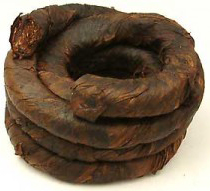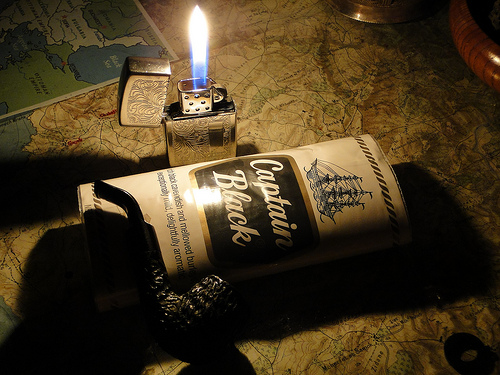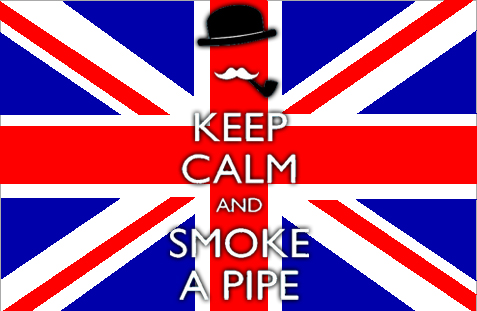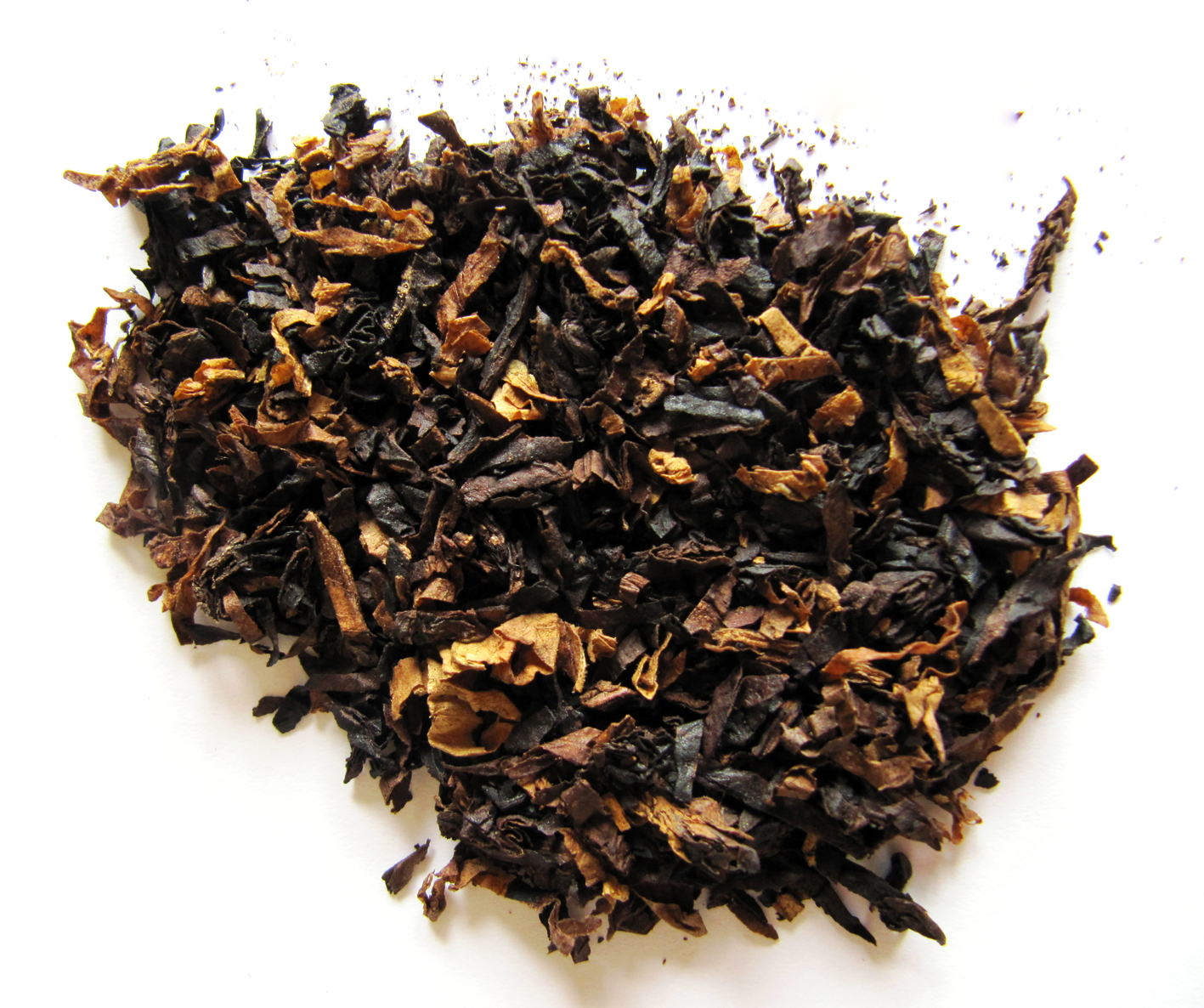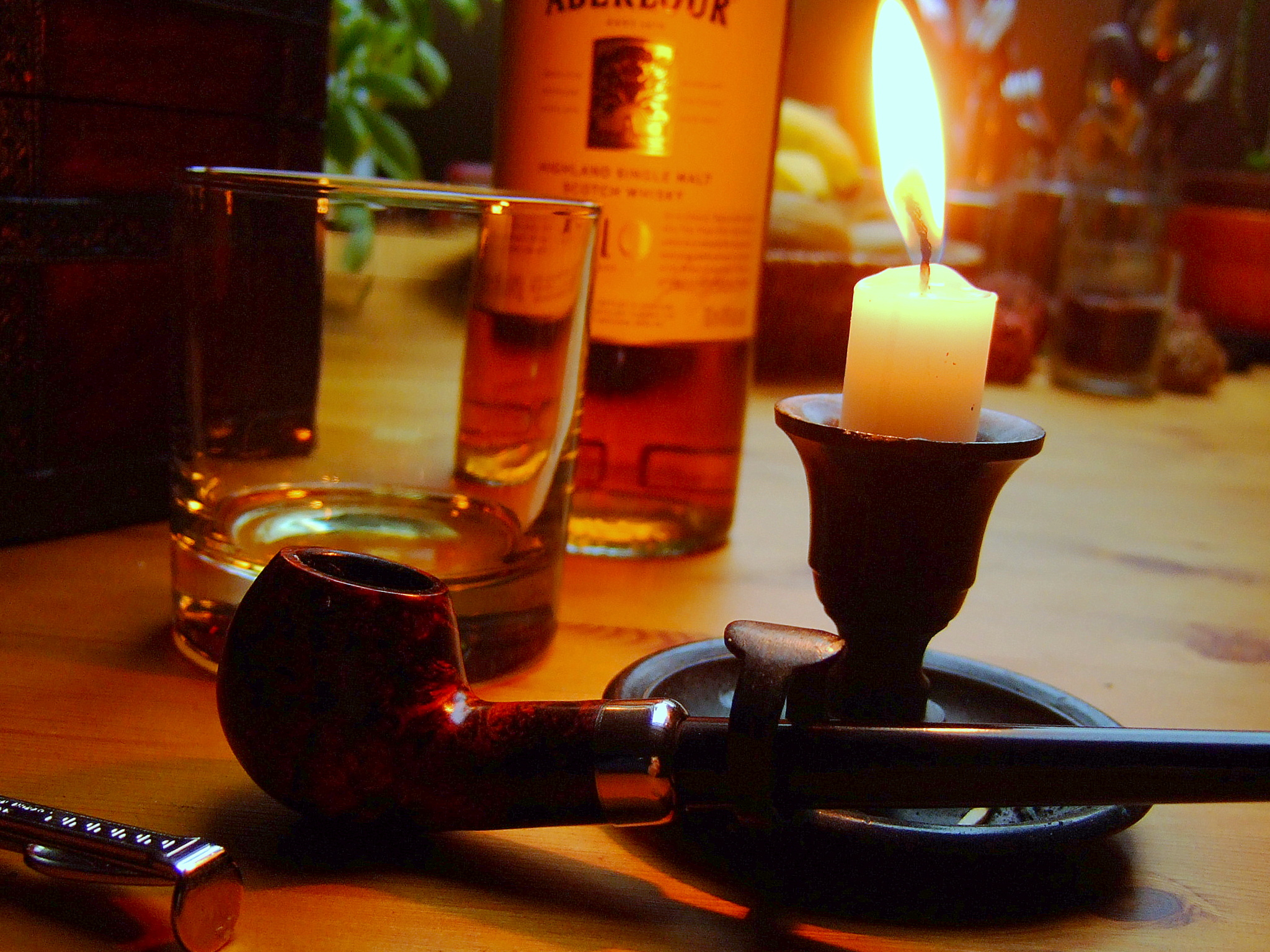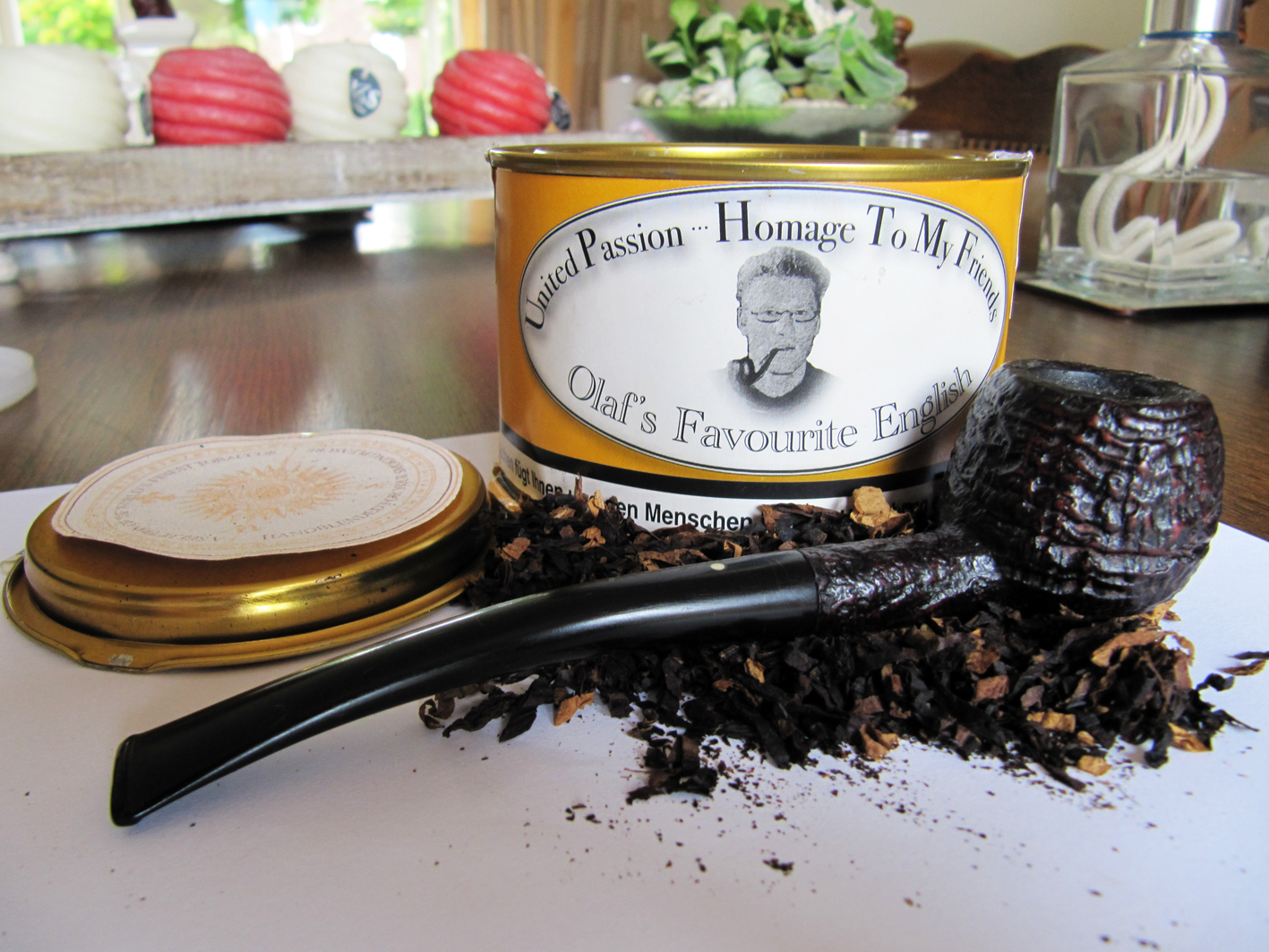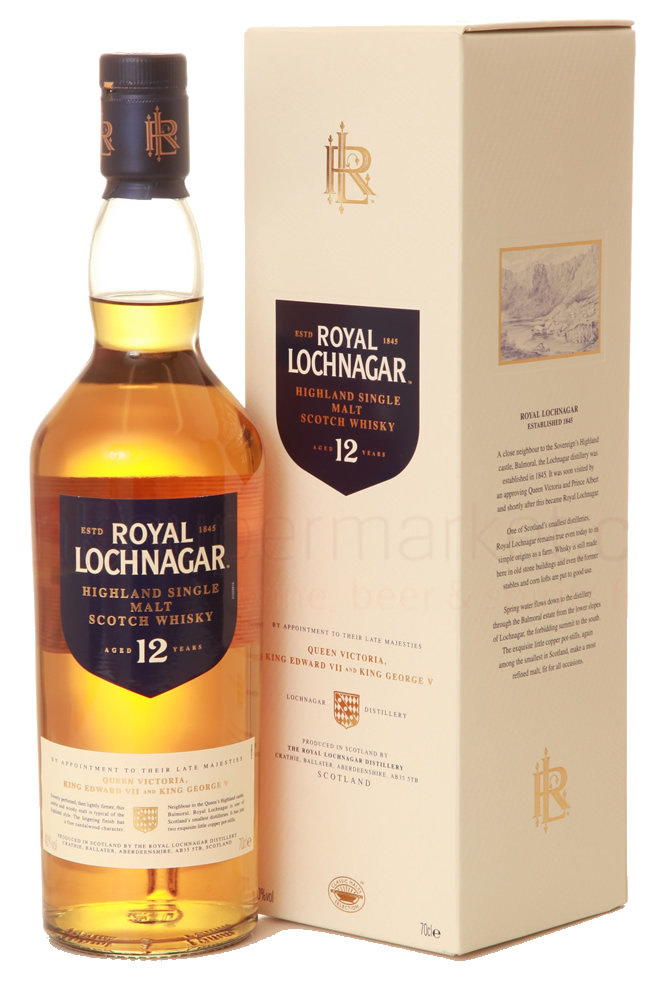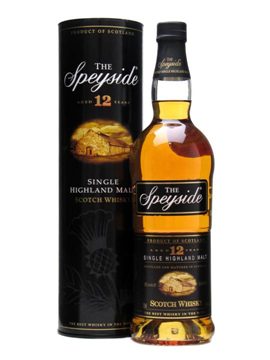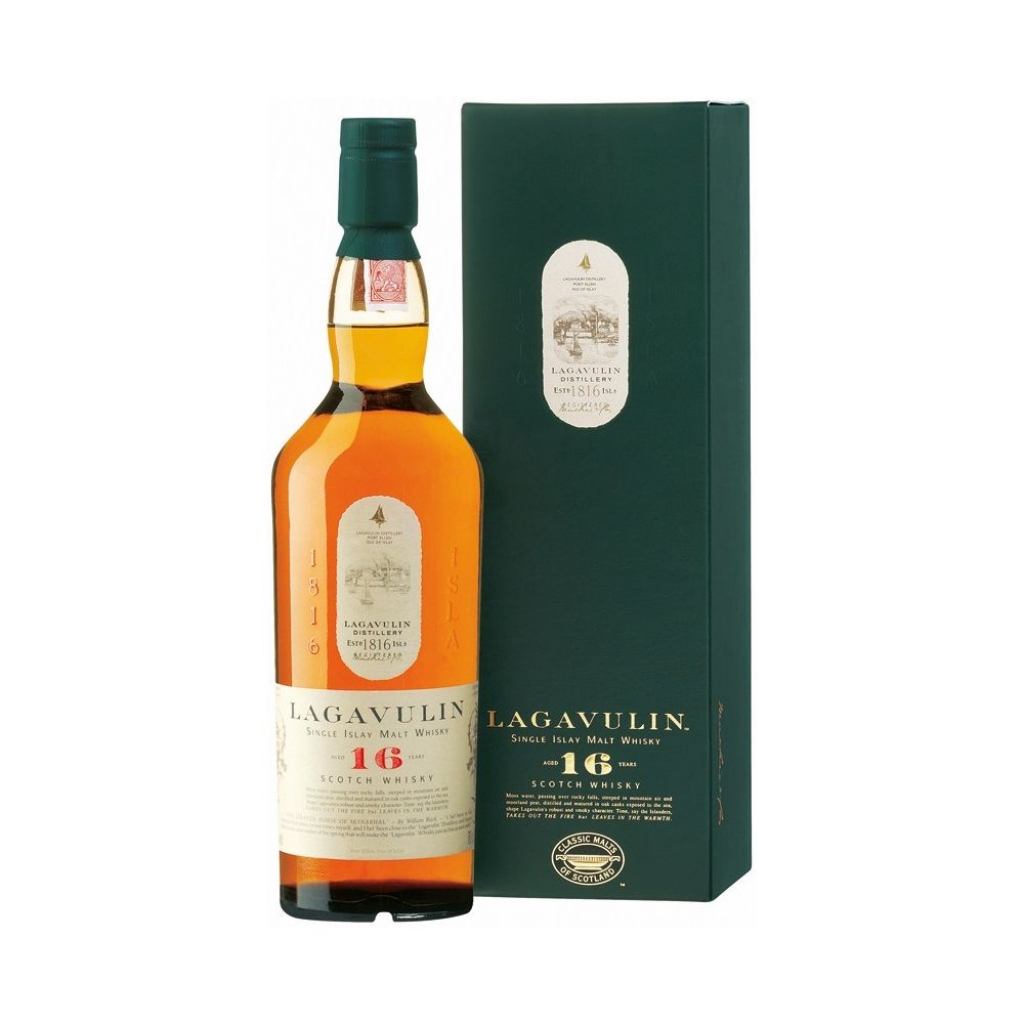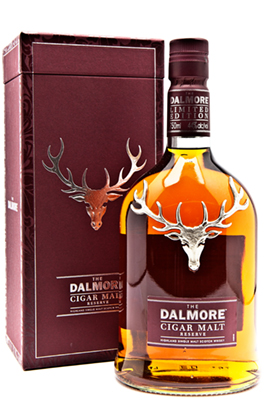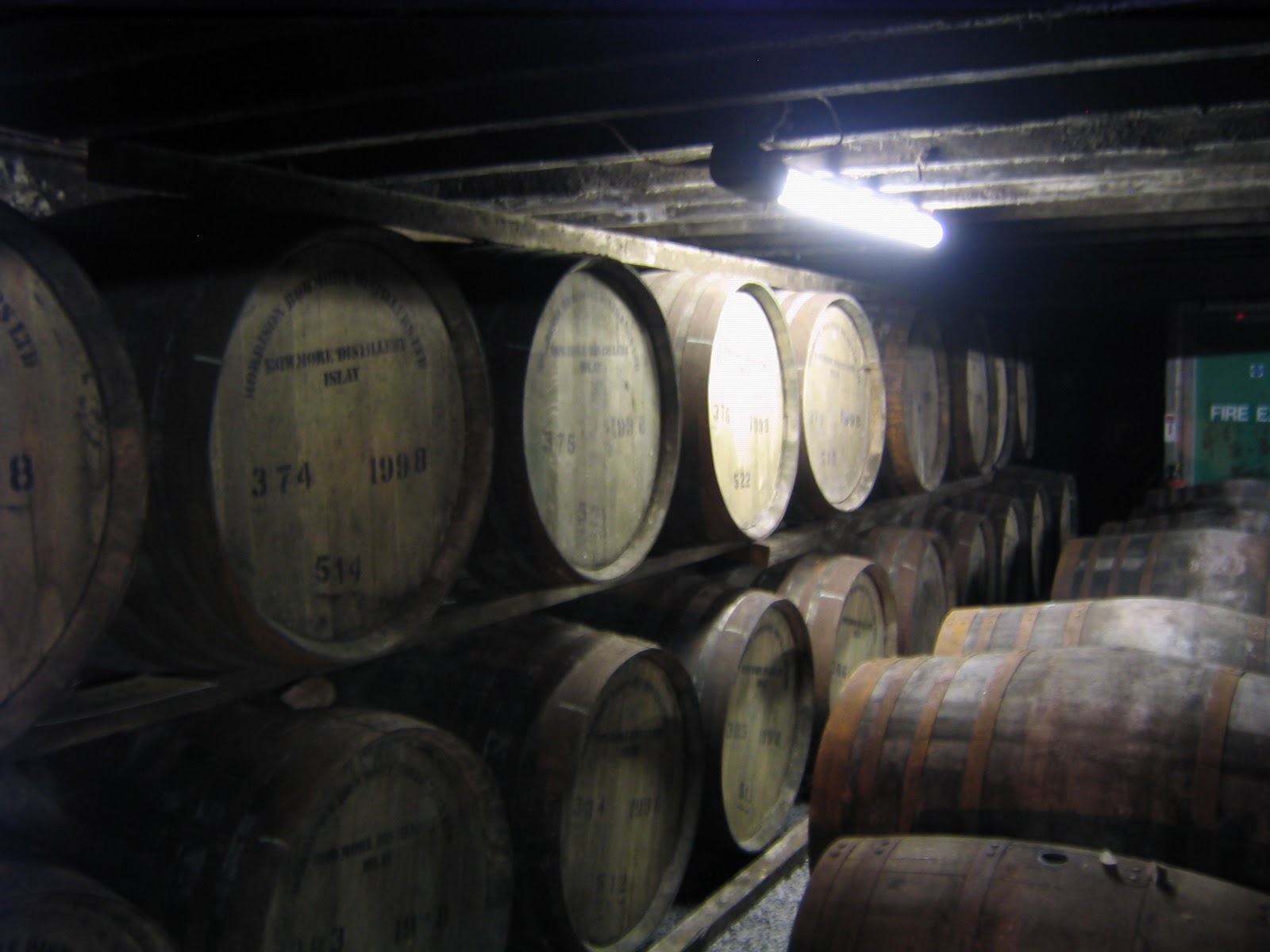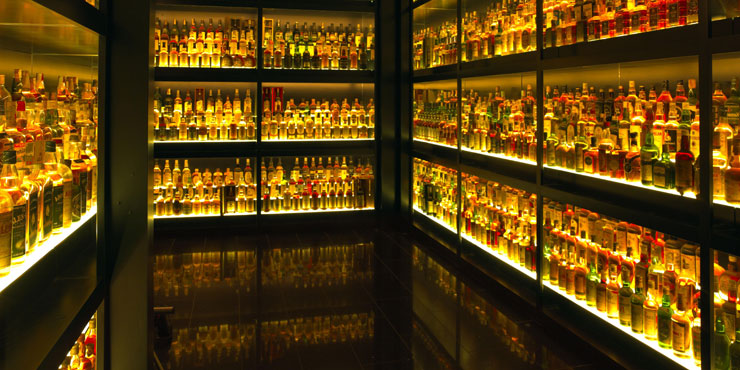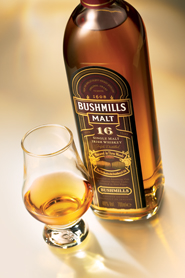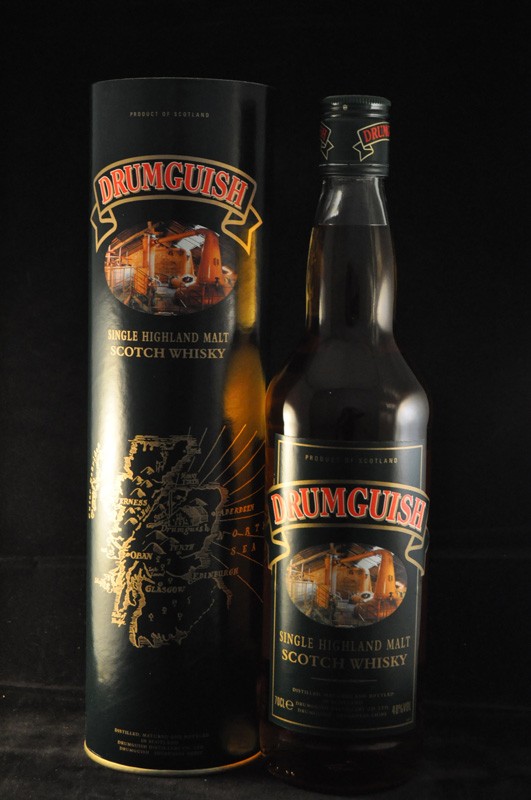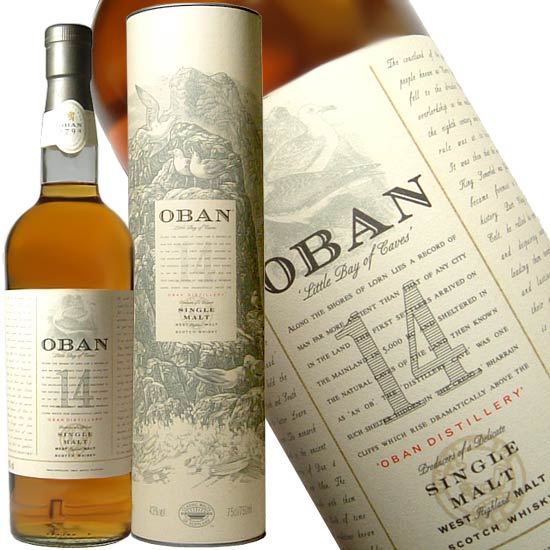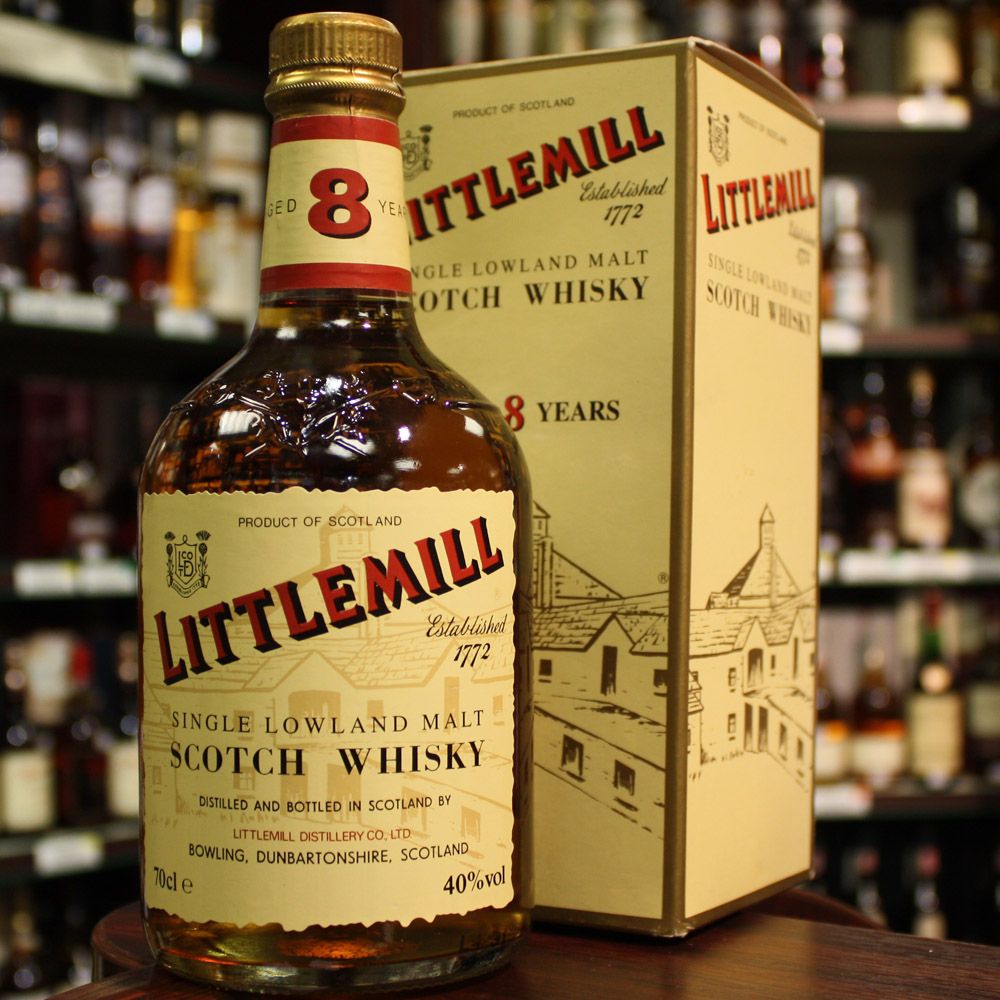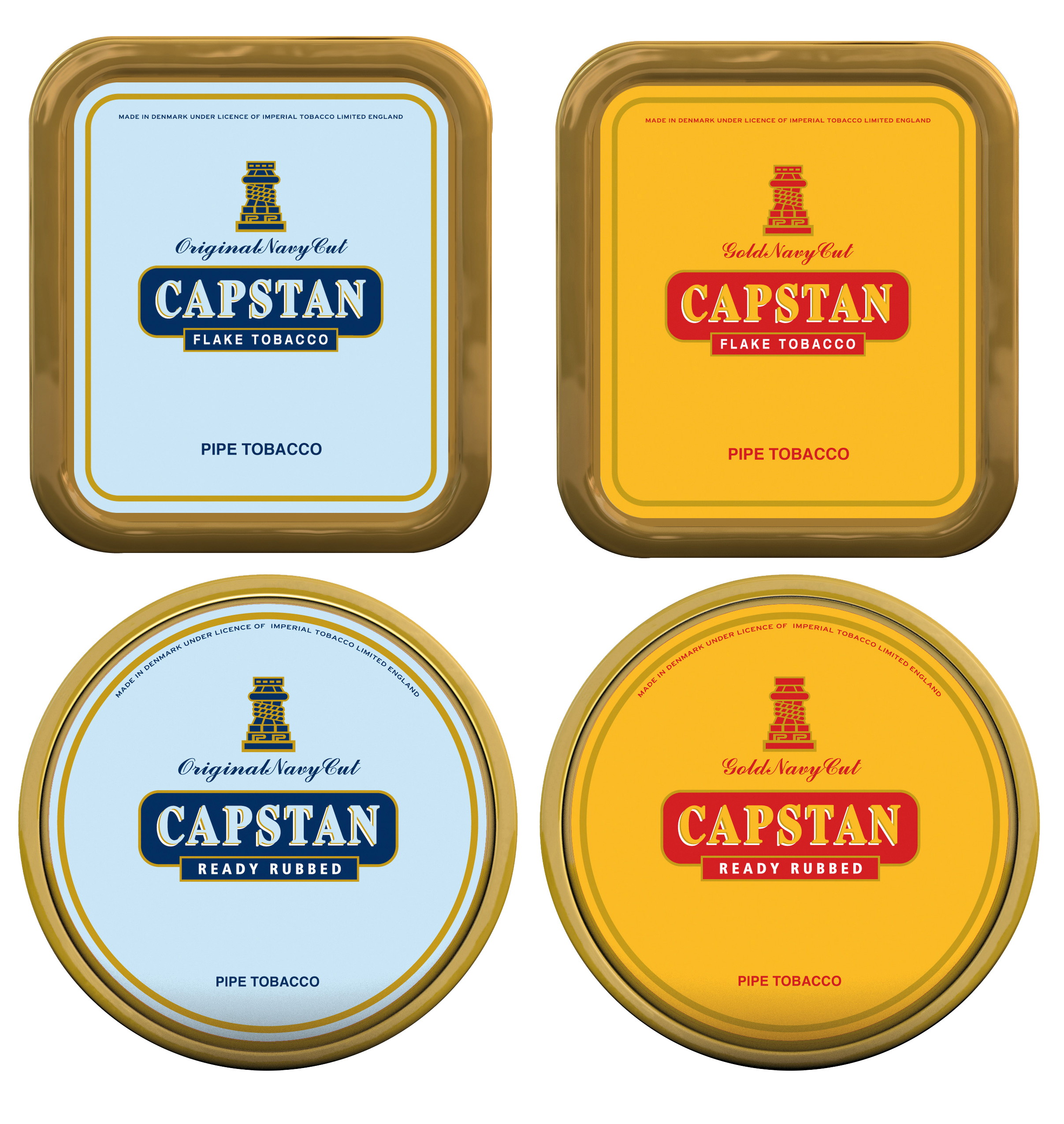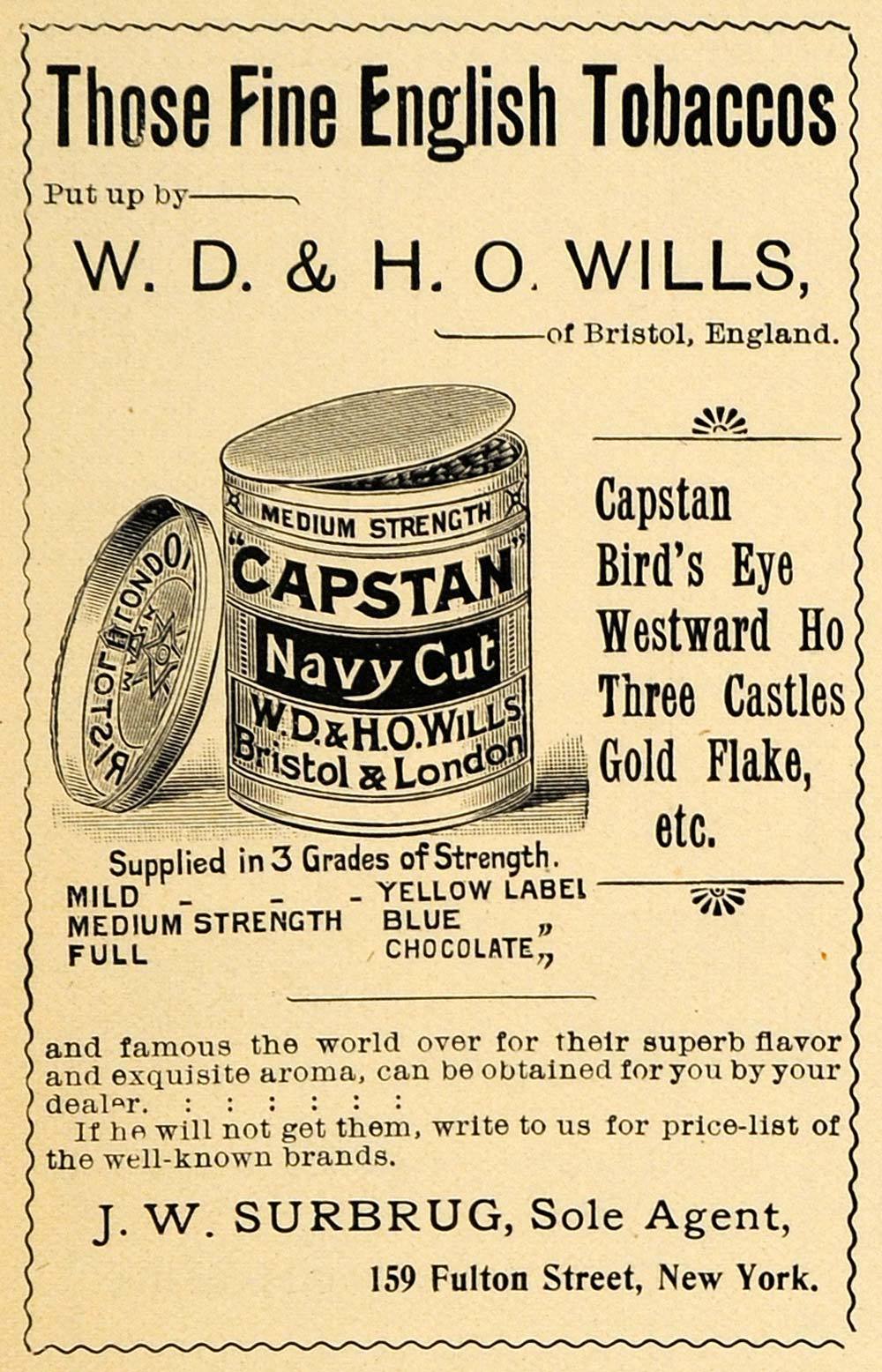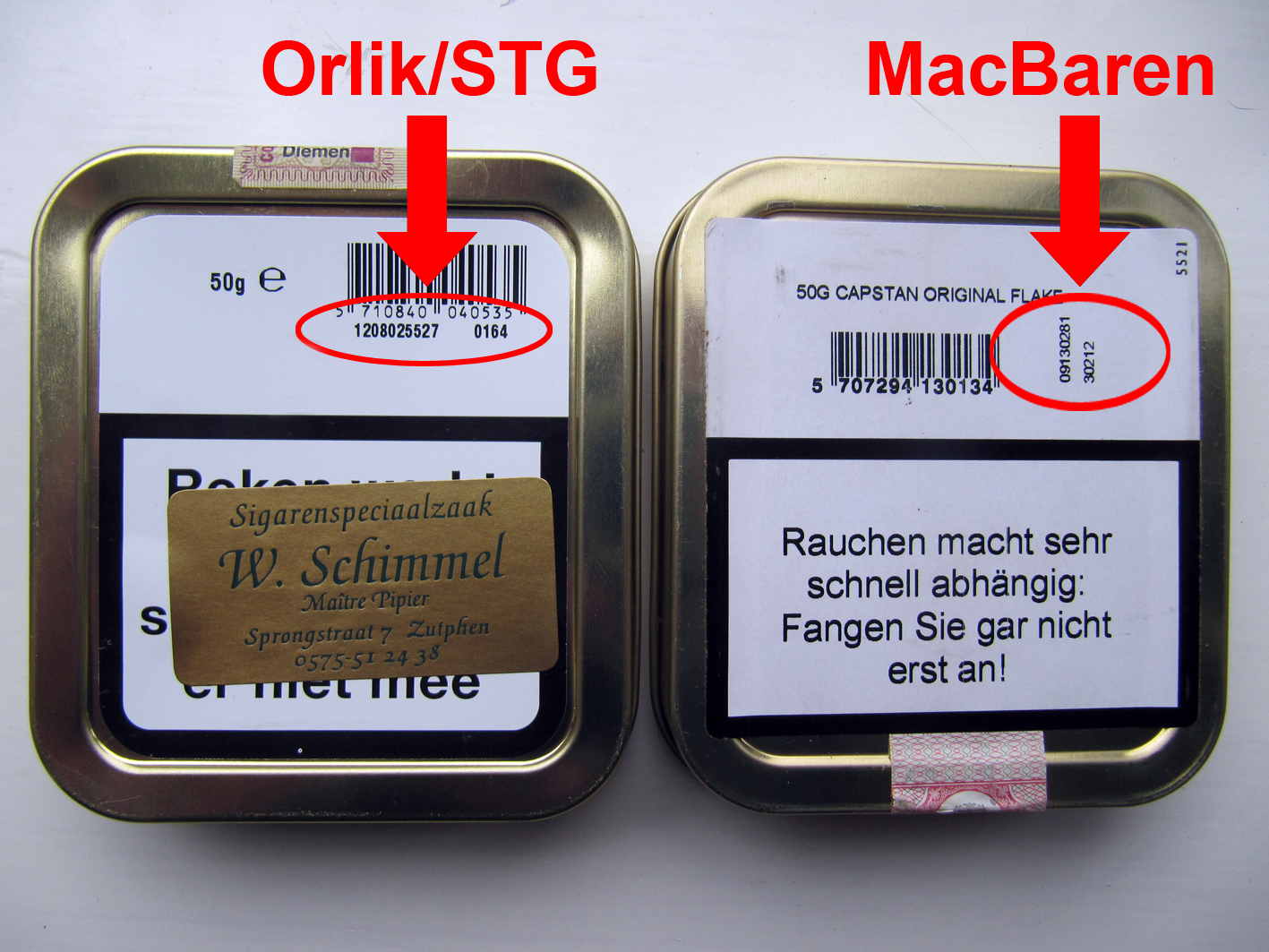[vc_row][vc_column][vc_column_text]
Fasten your seatbelts ladies and gentlemen. At the time I wrote part 1 I never, ever expected that there would be a part 2 of my quest for forum tobaccos. I just experienced too many disappointments and thought that it would all end in nothing. But…. As you can read in the last response at the bottom of the page Hans Wiedemann from HU Tobacco once again took pity on me and helped me out. Once again it often was not smooth sailing, but we persevered and in the end overcame all obstacles.
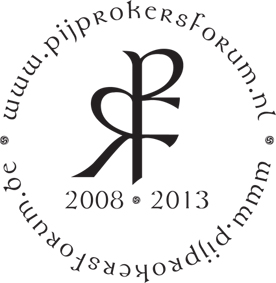 So, to refresh our memories, why the forum tobaccos? Well, this year the Dutch/Belgian Pipe Smokers Forum exists 5 years. Because of that last year the idea arose for some special forum tobaccos to celebrate the jubilee. 3 tobaccos to be precise, a latakia mixture, an aromatic and a Virginia flake. Of course I had to open my big mouth and I became responsible for the creation of those tobaccos and the artwork. Why? Because it is a dream of me to see a blend which is created by myself is made available for others. And that is more difficult than I thought..
So, to refresh our memories, why the forum tobaccos? Well, this year the Dutch/Belgian Pipe Smokers Forum exists 5 years. Because of that last year the idea arose for some special forum tobaccos to celebrate the jubilee. 3 tobaccos to be precise, a latakia mixture, an aromatic and a Virginia flake. Of course I had to open my big mouth and I became responsible for the creation of those tobaccos and the artwork. Why? Because it is a dream of me to see a blend which is created by myself is made available for others. And that is more difficult than I thought..
 A lot of things were possible with Hans BUT only if we were buying 50 tins of 100 gr. per sort. So that is 150 tins in total! 15 kilo! I thought that the forum-members would never buy such an amount. Deeply disheartened I explained the story on the forum and asked how many tins the members were willing to buy. This because I had to have to money upfront. No Rudi this time to buy all the tobaccos and later see how he would sell them. To my utter and absolute amazement within only a couple of hours the amount of 50 tins per sort was reached! The next days the quantity kept growing. And that without knowing an exact price or having the actual blends! In the end 73 tins of the aromatic were ordered, 109 tins of the latakia and a whopping 116 tins of the flake. A total of 298! 29,8 kilo of tobacco! Wow! Unnecessary to say that Hans and I could continue. The role of Hans would be that of advisor and mediator between myself and the tobacco factory he sometimes worked with. I was responsible for pretty much everything else. The creation of the blends, the artwork, collecting the money from the forum members and the distribution of the tins.
A lot of things were possible with Hans BUT only if we were buying 50 tins of 100 gr. per sort. So that is 150 tins in total! 15 kilo! I thought that the forum-members would never buy such an amount. Deeply disheartened I explained the story on the forum and asked how many tins the members were willing to buy. This because I had to have to money upfront. No Rudi this time to buy all the tobaccos and later see how he would sell them. To my utter and absolute amazement within only a couple of hours the amount of 50 tins per sort was reached! The next days the quantity kept growing. And that without knowing an exact price or having the actual blends! In the end 73 tins of the aromatic were ordered, 109 tins of the latakia and a whopping 116 tins of the flake. A total of 298! 29,8 kilo of tobacco! Wow! Unnecessary to say that Hans and I could continue. The role of Hans would be that of advisor and mediator between myself and the tobacco factory he sometimes worked with. I was responsible for pretty much everything else. The creation of the blends, the artwork, collecting the money from the forum members and the distribution of the tins.
 Round 1. My first idea for the flake was that of a light Virginia flake in the vein of Orlik Golden Sliced, Dunhill Flake and Capstan. So I asked for a light natural Virginia flake with only a slight topping of tonka-bean and even less orange. Unfortunately the tobacco factory thought this was to be the aromatic so they applied way to much of the topping. Hans first got the sample and well, he did not like it to say the least.. Also the tobacco factory were not happy with having to add an aroma to a flake. It would not work they said. On top of that the first samples Hans send to me to my home address did not reach me and got lost in the mail..
Round 1. My first idea for the flake was that of a light Virginia flake in the vein of Orlik Golden Sliced, Dunhill Flake and Capstan. So I asked for a light natural Virginia flake with only a slight topping of tonka-bean and even less orange. Unfortunately the tobacco factory thought this was to be the aromatic so they applied way to much of the topping. Hans first got the sample and well, he did not like it to say the least.. Also the tobacco factory were not happy with having to add an aroma to a flake. It would not work they said. On top of that the first samples Hans send to me to my home address did not reach me and got lost in the mail..
 Round 2. From this time on Hans decided to send packages to my working address. That way we both know they would arrive. In the package I got were 3 flakes, 3 aromatic samples and 3 latakia samples. Let’s start with the flakes. Because the application of an aroma on a flake was not a good idea I had to choose between several already existing flakes. The first one I smoked was bland and uninteresting. The next couple of flakes were pretty decent but had the same problem: they were available here in The Netherlands.. So I had to step off the idea of a light, pure Virginia flake. I told Hans to search for a flake, as long as it did not have latakia, that was not available here or too well known in these parts.
Round 2. From this time on Hans decided to send packages to my working address. That way we both know they would arrive. In the package I got were 3 flakes, 3 aromatic samples and 3 latakia samples. Let’s start with the flakes. Because the application of an aroma on a flake was not a good idea I had to choose between several already existing flakes. The first one I smoked was bland and uninteresting. The next couple of flakes were pretty decent but had the same problem: they were available here in The Netherlands.. So I had to step off the idea of a light, pure Virginia flake. I told Hans to search for a flake, as long as it did not have latakia, that was not available here or too well known in these parts.
 For the aromatic I had already mailed several ideas to Hans which were translated into 3 samples: 1. Black cavendish, burley and bright Virginias with an aroma of coconut and vanilla. 2. Black cavendish, burley and several Virginias with an aroma of passion fruit and ahorn. 3. A lot of Black cavendish, bright Virginias and a bit of burley with an aroma of coffee and vanilla. I smoked all the samples and could not find a clear winner. So I send some samples away and let a couple of folks smoke them. All had the same favourite, the one with coffee and vanilla. But for me it lacked a certain punch, it needed some more aroma.
For the aromatic I had already mailed several ideas to Hans which were translated into 3 samples: 1. Black cavendish, burley and bright Virginias with an aroma of coconut and vanilla. 2. Black cavendish, burley and several Virginias with an aroma of passion fruit and ahorn. 3. A lot of Black cavendish, bright Virginias and a bit of burley with an aroma of coffee and vanilla. I smoked all the samples and could not find a clear winner. So I send some samples away and let a couple of folks smoke them. All had the same favourite, the one with coffee and vanilla. But for me it lacked a certain punch, it needed some more aroma.
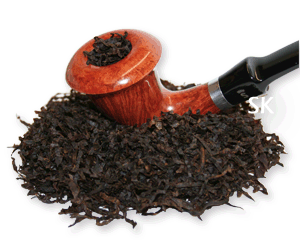 I mailed Hans some ideas for the latakia mixture and he mixed two samples himself of which he thought I would be satisfied with. The third sample was mixed by the tobacco factory after an idea of Hans. Before the samples were send through to me Hans already smoked the factory sample and he was raving about it which made me feel very positive.. ..Until I smoked the actual sample. It tasted bitter and I did not like it one bit. Having learned my lesson with the aromatics I send away some samples hoping for some sound opinions. After all, my taste is not the taste of everyone. When I received the feedback it became clear that the blend indeed was too bitter. To make things worse I also was not impressed with the samples Hans made himself. Solid and well crafted blends, don’t get me wrong, but nothing special. And I wanted something special. So at the end of round 2 Hans and me were not happy men. We still did not have a flake, the aromatic was not good yet and the latakia mixture also was not up to par. In the end we tried to be as positive as possible.
I mailed Hans some ideas for the latakia mixture and he mixed two samples himself of which he thought I would be satisfied with. The third sample was mixed by the tobacco factory after an idea of Hans. Before the samples were send through to me Hans already smoked the factory sample and he was raving about it which made me feel very positive.. ..Until I smoked the actual sample. It tasted bitter and I did not like it one bit. Having learned my lesson with the aromatics I send away some samples hoping for some sound opinions. After all, my taste is not the taste of everyone. When I received the feedback it became clear that the blend indeed was too bitter. To make things worse I also was not impressed with the samples Hans made himself. Solid and well crafted blends, don’t get me wrong, but nothing special. And I wanted something special. So at the end of round 2 Hans and me were not happy men. We still did not have a flake, the aromatic was not good yet and the latakia mixture also was not up to par. In the end we tried to be as positive as possible.
 Round 3. I received 2 flake samples which were not available in The Netherlands. Hans already had smoked both and very much liked one of them. I also tried this one and indeed, it was absolutely superb! The other one was pretty good but that was it. To be 100% sure I once again let people smoke from the samples and luckily everyone opted for the one Hans and I were enthusiastic about. With the flakes we had a very clear winner, yeah!
Round 3. I received 2 flake samples which were not available in The Netherlands. Hans already had smoked both and very much liked one of them. I also tried this one and indeed, it was absolutely superb! The other one was pretty good but that was it. To be 100% sure I once again let people smoke from the samples and luckily everyone opted for the one Hans and I were enthusiastic about. With the flakes we had a very clear winner, yeah!
 With the aromatic the tobacco factory had a slight problem. They could not boost the aromas they had used any further, they were at their maximum. Whaaaat?? Luckily they opted for some other but similar tasting aromas. Those were of higher quality but also more expensive. Well, so be it. I had already decided to not cut down on the quality of anything regarding the tobaccos. When I received the sample I could not have been happier. Exactly what I wanted, here we also had a winner, I liked it very much!
With the aromatic the tobacco factory had a slight problem. They could not boost the aromas they had used any further, they were at their maximum. Whaaaat?? Luckily they opted for some other but similar tasting aromas. Those were of higher quality but also more expensive. Well, so be it. I had already decided to not cut down on the quality of anything regarding the tobaccos. When I received the sample I could not have been happier. Exactly what I wanted, here we also had a winner, I liked it very much!
 What I did not like was the new latakia mixture sample. For me it looked, smelled and tasted not special enough. Luckily I had a plan B. I once smoked one of the house-blends of a German tobacconist and I absolutely loved it. One of the best latakia mixtures I ever smoked. Period. So I asked Hans if he wanted to inform if we could use it as a forum tobacco. And we could! BUT I had a big dilemma now. I already told the forum that the flake was an existing one but that the aromatic and latakia mixture would be unique blends. Now the latakia mixture was available somewhere in Germany.. I needed some advice about what to do and found it by some friends from the forum. They said I should be open about it and let the forum decide if the project should stop or go ahead. So I opened up to the forum members and clearly explained the situation. Thankfully the vast majority (you can never please everyone) was very understanding and said I should go on.
What I did not like was the new latakia mixture sample. For me it looked, smelled and tasted not special enough. Luckily I had a plan B. I once smoked one of the house-blends of a German tobacconist and I absolutely loved it. One of the best latakia mixtures I ever smoked. Period. So I asked Hans if he wanted to inform if we could use it as a forum tobacco. And we could! BUT I had a big dilemma now. I already told the forum that the flake was an existing one but that the aromatic and latakia mixture would be unique blends. Now the latakia mixture was available somewhere in Germany.. I needed some advice about what to do and found it by some friends from the forum. They said I should be open about it and let the forum decide if the project should stop or go ahead. So I opened up to the forum members and clearly explained the situation. Thankfully the vast majority (you can never please everyone) was very understanding and said I should go on.
 Yesss!!! I had 3 winners! Now the financial part. I am very straightforward and told Hans immediately very clear what kind of price I wanted for the tins and why. Well, I offended him bigtime by doing it this way.. It took me a lot of e-mails to smooth things out between us. A lesson well learned. Needless to say we got the tins for a very good price thanks to Hans. I could have made a bit of profit on the tobaccos but I decided to keep them as cheap as possible.
Yesss!!! I had 3 winners! Now the financial part. I am very straightforward and told Hans immediately very clear what kind of price I wanted for the tins and why. Well, I offended him bigtime by doing it this way.. It took me a lot of e-mails to smooth things out between us. A lesson well learned. Needless to say we got the tins for a very good price thanks to Hans. I could have made a bit of profit on the tobaccos but I decided to keep them as cheap as possible.
 I got busy creating the artwork, collected the money from the orders of the forum members and relaxed a bit. I send the finished artwork to Hans who would send it through to the tobacco factory. He also arranged some blank sample tins for the Heukelum meeting. I printed the labels at my work and put them around the tins. Absolutely stunning! Just before the meeting I got the sample artwork which was printed by the tobacco factory themselves. Compared to my own prints it was a bit grainy and dark. Still ok but I am a perfectionist, it was not up to my standards. The thing was, I forgot to ask Hans how we should do things with the labels and Hans forgot to inform me that we were better off printing the labels at a professional printing-company. Another lesson well learned. Now I luckily can perfectly live with the printed labels.
I got busy creating the artwork, collected the money from the orders of the forum members and relaxed a bit. I send the finished artwork to Hans who would send it through to the tobacco factory. He also arranged some blank sample tins for the Heukelum meeting. I printed the labels at my work and put them around the tins. Absolutely stunning! Just before the meeting I got the sample artwork which was printed by the tobacco factory themselves. Compared to my own prints it was a bit grainy and dark. Still ok but I am a perfectionist, it was not up to my standards. The thing was, I forgot to ask Hans how we should do things with the labels and Hans forgot to inform me that we were better off printing the labels at a professional printing-company. Another lesson well learned. Now I luckily can perfectly live with the printed labels.
So, FINALLY here are the 3 Dutch/Belgian Pipe Smokers Forum tobaccos:
GENIETMOMENT
Contents: Black Cavendish, Golden Virginia, Burley
Flavouring: Coffee, Vanilla
Packaging: 100g tin
Tin description: Create an enjoyable moment for yourself with this high quality mixture, consisting of Black Cavendish, Golden Virginia and a bit of Burley topped with an aroma of coffee and vanilla.
![]() Background information: One of my ideas for the aromatic forum tobacco was to do something with coffee. I come from the Dutch province of Noord-Brabant where taking the time for a nice cup of coffee is common. But a coffee flavour is very difficult to incorporate in a tobacco because it has a tendency to dominate. Despite that Hans and myself were successful in creating a delicious mixture by the addition of some vanilla. The main ingredient is Black Cavendish (also typical Dutch) with some Golden Virginia added and a bit of Burley. The inspiration for the artwork I got from coffee and beautiful women. Both enjoyable for most men. I also found it nice to put a woman on the cover because of our female forum-member, Monique (Milleluci).
Background information: One of my ideas for the aromatic forum tobacco was to do something with coffee. I come from the Dutch province of Noord-Brabant where taking the time for a nice cup of coffee is common. But a coffee flavour is very difficult to incorporate in a tobacco because it has a tendency to dominate. Despite that Hans and myself were successful in creating a delicious mixture by the addition of some vanilla. The main ingredient is Black Cavendish (also typical Dutch) with some Golden Virginia added and a bit of Burley. The inspiration for the artwork I got from coffee and beautiful women. Both enjoyable for most men. I also found it nice to put a woman on the cover because of our female forum-member, Monique (Milleluci).
JANNEMAN FLAKE
Contents: Brown and Red Virginias, Perique
Flavouring: None
Packaging: 100g tin
Tin description: Pressed brown and red fire-cured Virginias, full and soft of taste, are cut into long flakes and together with a pinch of perique, to round off the whole, they provide a fitting tribute to the “pater noster” of the Dutch/Belgian Pipe Smokers Forum: Janneman.
![]() Background information: On the PRF Rotterdam-meeting last year we talked about forum-member Janneman, that he meant a lot to many starting pipe smokers. Many folks of the forum got there because of the movies or Pijpenboek from Janneman. Would it not be nice to honour him with something? We asked ourselves. At that moment the whole forum tobacco story had just begun so I said “Isn’t it a nice idea to honour Janneman with a forum tobbacco?” Everyone agreed and I kept the idea throughout the whole journey. So Janneman, thank you for inspiring many of us! The flake itself is very natural, full and interesting of taste and contains Red Virginias, firecured Brown Virginias and a bit of Perique. The artwork stands for another hobby of Janneman: flying of kites.
Background information: On the PRF Rotterdam-meeting last year we talked about forum-member Janneman, that he meant a lot to many starting pipe smokers. Many folks of the forum got there because of the movies or Pijpenboek from Janneman. Would it not be nice to honour him with something? We asked ourselves. At that moment the whole forum tobacco story had just begun so I said “Isn’t it a nice idea to honour Janneman with a forum tobbacco?” Everyone agreed and I kept the idea throughout the whole journey. So Janneman, thank you for inspiring many of us! The flake itself is very natural, full and interesting of taste and contains Red Virginias, firecured Brown Virginias and a bit of Perique. The artwork stands for another hobby of Janneman: flying of kites.
BRULLENDE LEEUW
Contents: Light and Red Virginias, Latakia, Oriental, Black Cavendish, Perique
Flavouring: None
Packaging: 100g tin
Tin description: The exquisite balance of this exotic mixture stands for the unity between the Dutch and Belgian Pipe Smokers Forum members. That together many pipes may be smoked!
![]() Background information: Like I already told,when it became clear that the latakia mixture was not according to my standards I decided to fall back on Plan B, using an already existing supreme quality tobacco. I immediately knew which one I wanted, I did not know if I was able to actually get it. And luckily I could get it. The blend is beautifully balanced with light and Red Virginias, Latakia, Oriental tobaccos, some Black Cavendish and a pinch of Perique. For the artwork I was inspired by the unity of the Belgian and Dutch forum members. The lion stands for a nice shared symbolism, thus the name “Brullende Leeuw” (Roaring Lion).
Background information: Like I already told,when it became clear that the latakia mixture was not according to my standards I decided to fall back on Plan B, using an already existing supreme quality tobacco. I immediately knew which one I wanted, I did not know if I was able to actually get it. And luckily I could get it. The blend is beautifully balanced with light and Red Virginias, Latakia, Oriental tobaccos, some Black Cavendish and a pinch of Perique. For the artwork I was inspired by the unity of the Belgian and Dutch forum members. The lion stands for a nice shared symbolism, thus the name “Brullende Leeuw” (Roaring Lion).
The forum tobaccos are available for everyone at the webshop of HU Tobacco.
For your information, HU Tobacco also ships to the US and other countries. For questions please e-mail Hans Wiedemann, he speaks English (and German of course): hu-tobacco@t-online.de
Last but not least I want to thank:
– Hans for the wonderful cooperation, without you this all would not have been possible!
– The members of the Dutch/Belgian Pipe Smokers Forum for being a great bunch (thanks for the whisky!) and having faith in me.
– The tobacco testing members of the forum who’s opinions and advice about the tobaccos and other things have been very valuable to me.
– The forum tobacco distributors in The Netherlands and Belgium, you made my work a lot easier.
– My dear friend Ed.
– My girlfriend Ellen for her everlasting support <3.
[/vc_column_text][/vc_column][/vc_row]









